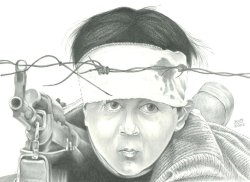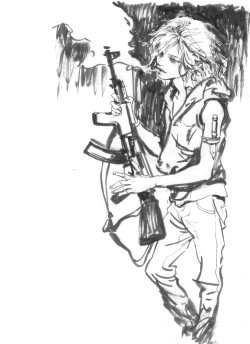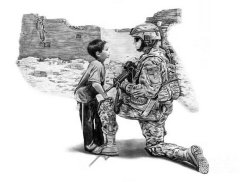
|
|

|
• Avoidance of traumatic triggers, memories and situations that remind the child of the traumatic event
• Exaggerated negative beliefs about oneself and the world arising from the event |
• Persistent negative emotional state or inability to experience positive emotions
• Feelings of detachment from people |

|

|
• Marked loss of interest in or participation in significant activities
• Inability to remember part of the traumatic event |
• Sleep problems and Irritability
• Reckless or self-destructive behavior
• Exaggerated startle and concentration problems
|

|
Children may re-experience traumatic events in various ways, such as the following:
| 
| • Flashbacks and memories -
These may be intrusive and may interfere with function at home or school; in children, intrusive memories are more common than flashbacks which are vivid experiences that include visual and auditory elements from the trauma, potentially causing the child to feel as if the trauma is happening all over again and triggering an intense fear
|

|
POST TRAUMATIC STRESS
• Behavioral reenactment -
Children may act out aggressively toward others or do and say things that they witnessed; they are often unaware that this behavior is connected to their abuse |
- Reenactment through play -
The child may represent the traumatic experience through repetitive play—for example, by repeatedly playing exactly the same scene of people fighting, a hurricane or a house burning down.
|
 |
English - Heal a Hurting Heart Curriculum
HEAL A HURTING HEART - NATURAL DISASTER
HEAL A HURTING HEART - CORONA CRISIS
SOWING SEEDS OF SUCCESS - MORINGA CURRICULUM
|
|
